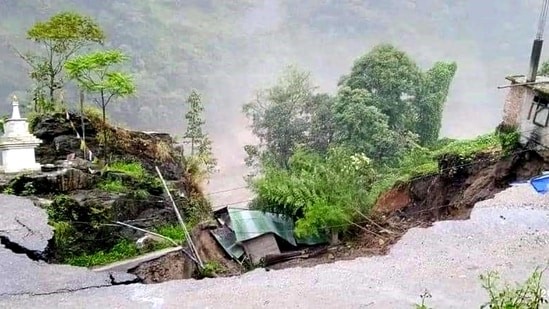Free Courses Sale ends Soon, Get It Now


Free Courses Sale ends Soon, Get It Now



Disclaimer: Copyright infringement not intended.
Context
Details
What is GLOF?
Factors Contributing to GLOF
South Lhonak Lake's Susceptibility to GLOF
Government Action to Tackle South Lhonak Lake's Expansion
Lhonak Lake and the Chungthang Dam in Sikkim
Lhonak Lake
Chungthang Dam
Conclusion
|
PRACTICE QUESTION Q. Glacial Lake Outburst Floods (GLOF) have become a significant concern in the Himalayan region. Discuss the factors contributing to the occurrence of GLOF events and their potential impacts on the local communities and the environment. Also, analyze the measures that can be taken to mitigate the risks associated with GLOF in the Himalayan region. (250 Words) |
© 2024 iasgyan. All right reserved